The Best Black Tea Varieties Examined
https://foodal.com/drinks-2/tea/the-best-black-varieties-examined/
Recently, I wrote an article that gives brief descriptions of the various types of tea and their relative health benefits. My next goal is to delve deeply into each of the best varieties and go over some of the more popular types of each.
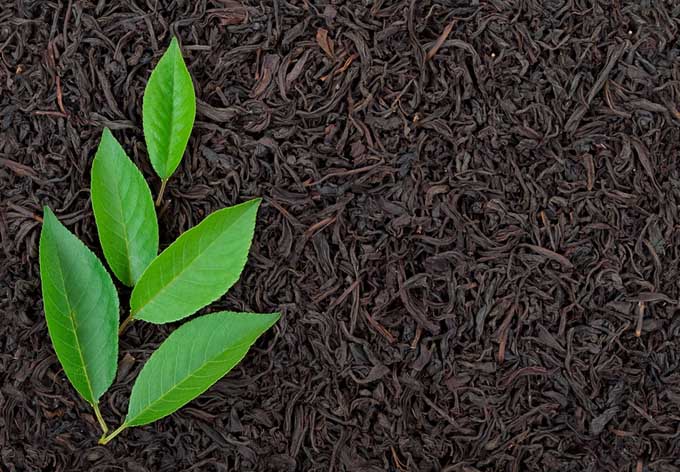
Today, I’m taking a closer look into the world of black tea. It’s actually pretty interesting stuff, and I hope you’ll enjoy it as much as I do.
An Extremely Brief History of Tea
In China, it is generally believed that 5,000 years ago, a (mythical?) ruler, Emperor Shen Nung, accidentally discovered tea when a leaf from the Camellia sinensis plant fell into his cup of hot water.
Originally the leaves were brewed only in their fresh or dried “green” state. Over time, this tasty extraction grew in popularity.
And as production increased, the Chinese discovered that through a process called fermentation, the leaves are oxidized and the flavor of the resulting brew deepens.
The longer the leaves ferment, the darker in color they become. The varieties collectively known as black have been fermented for the longest amount of time, and their leaves turn almost black, hence the name.
In an effort to break China’s monopoly on the tea trade, the East India Company began growing tea in India in the 1800s, and this production is still a big part of India’s economy.
Chinese and Indian teas are the most popular and well-known worldwide.
Of course, other countries are big producers as well. But as most tea-producing countries are also big tea-drinking countries, export is not essential, and thus those products are not as well-known in other countries.
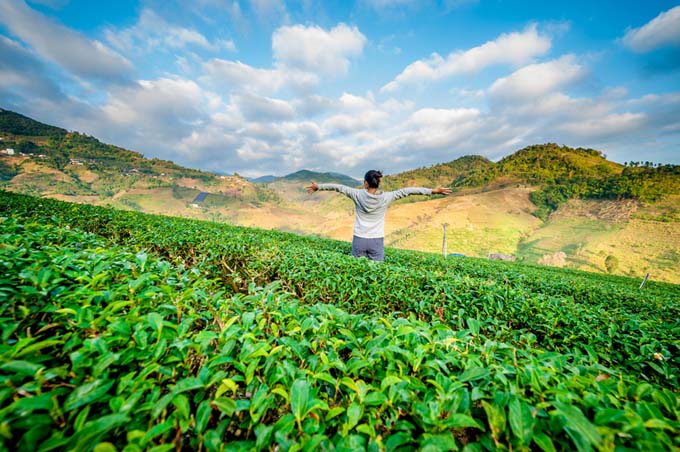
Obviously, there are many, many other black variations, cultivars, and blends than the ones I am going to cover here. But I believe those that I’ve selected are the most popular, ones that even non-drinkers will recognize.
Pure Black Tea Varieties
Keemun
Since China started this whole business, I think it’s only fitting to start with a Chinese black tea. Keemun is one of the most well-known black varieties to come from China, and for good reason.
For a black, it is relatively light with both a fruity and a slightly smoky aroma. It has a mild, almost malty flavor that’s reminiscent of unsweetened cocoa.
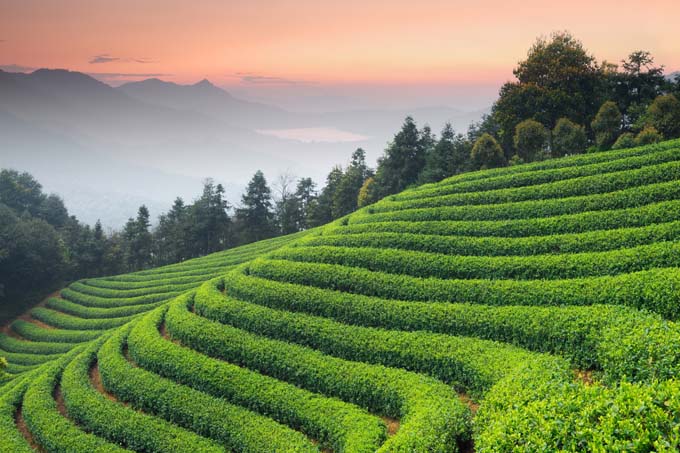
Some varieties of Keemun even have a smell similar to orchids, and somewhat floral flavor notes. It is very smooth and mellow, low in tannins and thus not very bitter at all, as some of the other black selections can be.
This varietal is produced exclusively in the Qimen county of Huangshan City in the Anhui province of China.
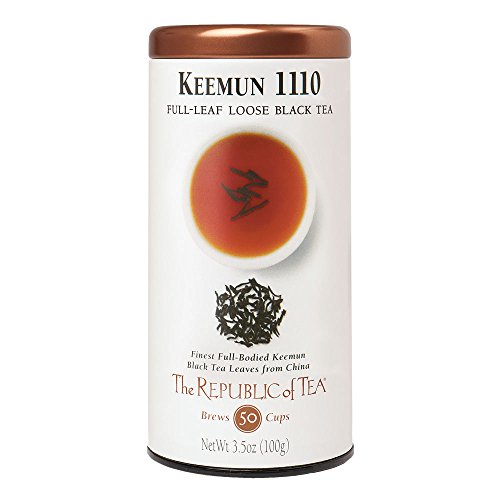
Foodal recommends Keemun Full-Leaf from The Republic of Tea
What to Buy
We suggest starting out with The Republic of Tea’s loose leaf keemun, pictured above. It’s available in 2.8 or 3.5-ounce sizes, and it was a winner in the North American Tea Championship Keemun Tea category. Available on Amazon.
Assam
The Assam region in India was the first area in the country to be used for tea production by the British, having its own indigenous Camellia sinensis plant – the assamica. Other than China, this is the only place in the world where the shrub grows naturally.
Any variety or cultivar to come out of the area is given the designation of an Assam. Grown at or near sea level, these types are known for their strong flavor and dark color.

Assam is well known for its deep, malty flavor. Because of the pleasing taste, Assam is used a lot in blends where multiple teas, and sometimes herbs or spices, are mixed together to form a unique beverage.
Most popular as a black tea, Assam is also available in white or green versions.
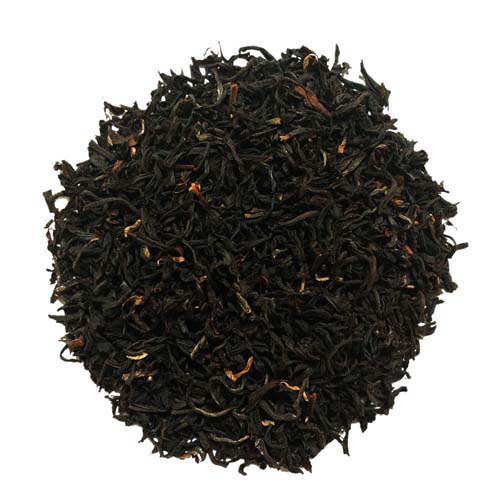
Foodal recommends Organic Assam TGFOP Black Loose Leaf by Positively Tea
What to Buy
We recommend Positively Tea’s Organic Assam TGFOP. Wondering what TGFOP means?
Tippy Golden Flowery Orange Pekoe (TGFOP)
The acronym actually derives from the early days of the Dutch tea traders, and portions of the original meaning are somewhat unclear.
The term Pekoe signifies mostly intact and unbroken leaves that can also have a small amount of tea buds included in the mix.
The Orange portion probably refers to the House of Orange, or Holland’s royal family. Then as well as now, Orange corresponds with the best quality.
Tippy Golden Flowery refers to the lighter colored ends of the leaves.
Bottom Line: the tea structure is really good and this specification refers to the appearance of the cured leaves – not necessarily how they taste. Clear as mud?
Darjeeling
The second-earliest British production area in India after Assam is in the Darjeeling district of West Bengal.
Tea planting began there in 1841, and by 1860 the Darjeeling Company was in full production with four separate estates functioning. This has become the quintessential British afternoon beverage.

There are several different subcategories with this particular type, and each has its own characteristics.
First flush varieties are harvested earliest in the year, and the resulting drink is the lightest in color and mildest in flavor.
In between varieties are harvested between the first and second flush periods.
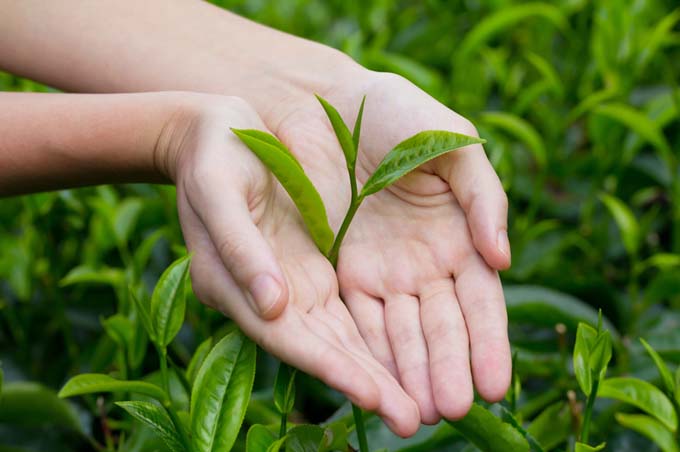
Second flush is harvested in June and makes a more full-bodied beverage with musky and spicy undertones.
Monsoon varieties are picked during the rainy season, and this is rarely exported, being used mostly to make masala spiced chai (more on this later).
Finally, the autumnal flush is harvested each fall, after the rainy season is over. This the strongest Darjeeling you can find and will have the most tannins. Thus, it will be the most bitter of the available varieties.
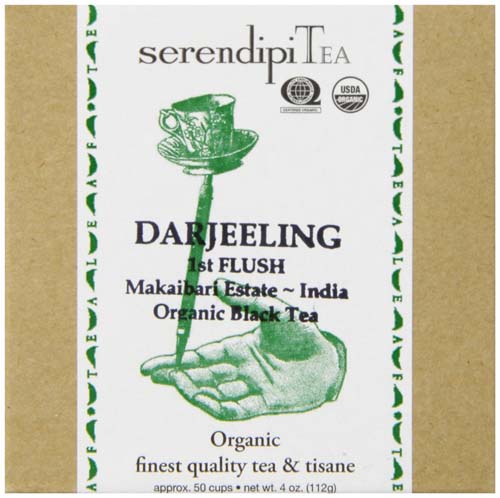
Foodal recommends SerendipiTea Darjeeling, First Flush, India, Organic Black Tea, 4-Ounce Box
What to Buy
If you like a lighter taste where you can experience the various nuances and subtle flavor profiles, then we suggest SerendipiTea’s First Flush Organic Darjeeling. This one has a lot of natural sweetness and no trace of bitterness.
Ceylon
The British colony of Ceylon (what is now Sri Lanka) was used primarily for coffee production until 1869, when a fungus destroyed the majority of the coffee plants.
Forced to diversify to avoid total financial ruin, the coffee estates turned to tea production. The Loolecondera Estate was the first to make the switch, hiring a Scotsman named James Taylor to oversee its production.
Taylor had spent time in northern India and was familiar with the tea-making process. He manufactured the first batch of Ceylon tea on the front porch of his own bungalow, with the leaves being rolled by hand on big tables.
At first only sold locally, by 1873, Taylor’s tea was being sold in London. And it only grew in popularity.
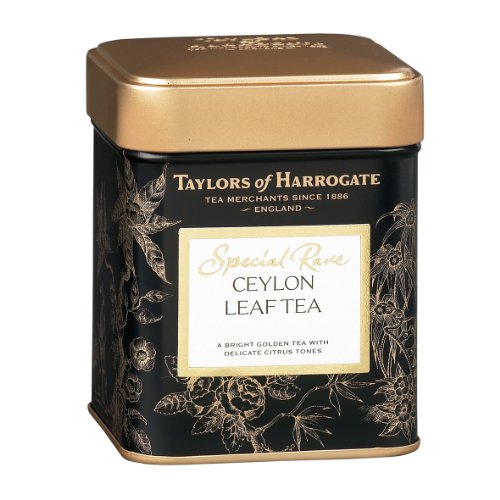
Taylor is still in business today and still offers Ceylon: Taylors of Harrogate Special Rare Ceylon Loose Leaf
Bolder and darker than Darjeeling, but lighter in both color and flavor than Assam, Ceylon is a nice middle-of-the-road choice. It’s grown at three different altitudes.
High-grown Ceylon is considered the best quality, with the best flavor. Mid-grown leaves yield an average cup, and low-grown Ceylon is thought to be a “common” beverage.

With the different elevations, the resulting brews will vary in flavor. But in general, all Ceylons have a golden color with only mild astringent notes from tannins. Most usually have a citrus flavor, though some will have more spice notes.
Ceylon is great with a twist of lemon!
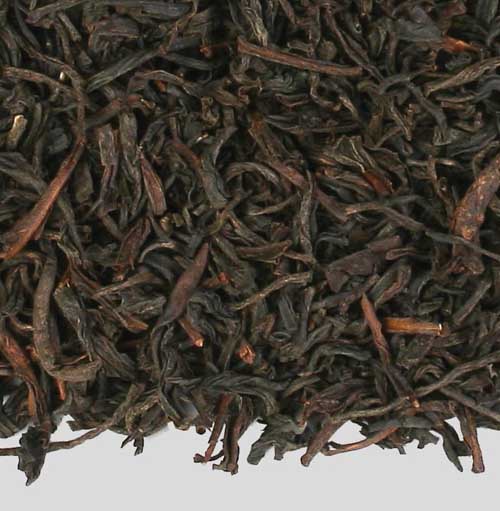
Foodal recommends Davidson’s Tea Bulk 16-Ounce Bag Ceylon Orange Pekoe Black
What to Buy
Besides the aforementioned Taylors’, you can never go wrong with Davidson’s. And their pricing is really quite reasonable. We suggest checking out their 16-oz bag of Ceylon Orange Pekoe Black.
Kenyan
It may surprise some of you, as it did me, to learn that the third largest exporter behind China and India is Kenya.
Introduced to the country in 1903, Kenya is a baby in the tea-production business. But it’s the number one export in the country.
Additionally, it’s nice to know that the vast majority of the growing and fermentation is performed on small family-owned holdings that aren’t managed by huge corporations, and these farmers are the best paid in the world.
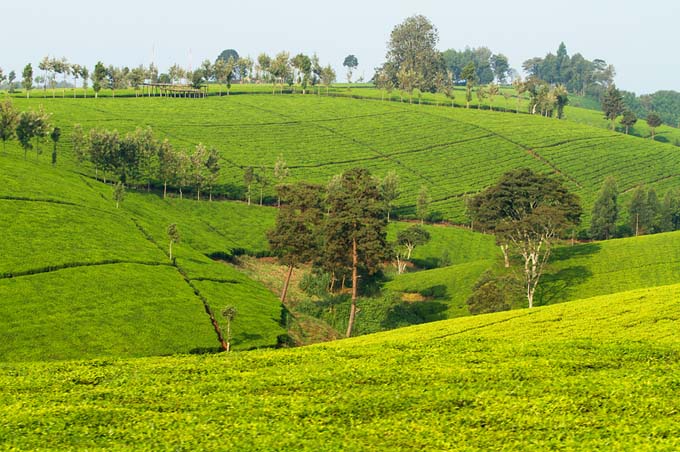
The plants grown in Kenya are of the Assamica variety, which is what grows in India. The Kenyan variety actually produces a reddish brew, instead of being golden or a darker brown. The beverage is strong and bold, but without the bitterness of the other strong brews.
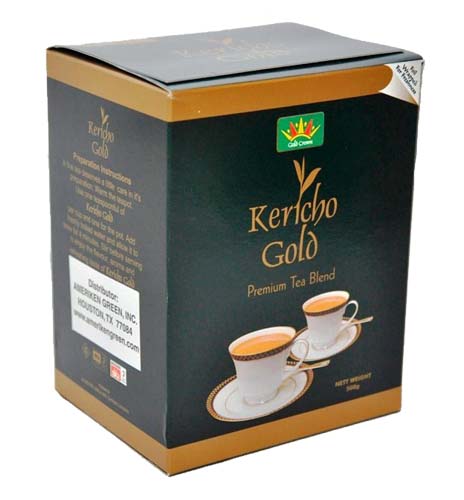
Foodal recommends KenyaKericho Gold Premium Loose Leaf Black
What to Buy
It’s surprisingly difficult to track down a pure Kenyan – either single estate or in a blend. We finally settled on the KenyaKericho Gold Premium due to the stellar reviews on Amazon.com and ordered a box.
Popular Black Tea Blends
Earl Grey
I’m going to go out on a limb and say that this black tea blend is the most well-known. Originally marketed solely by Twinings of London, Earl Grey isn’t its own black variety, but rather a flavored one.
The black base used can be anything from Ceylon to Kenyan to Assam, or even a combination of any number of varieties. This is then mixed with oil from the rind (and in some cases actual bits of the rind) from the bergamot fruit.
Grown primarily in Calabria, Italy, this fruit looks like an oversized lime, and tastes like an orange mixed with a lemon, with a hint of grapefruit thrown in for good measure.
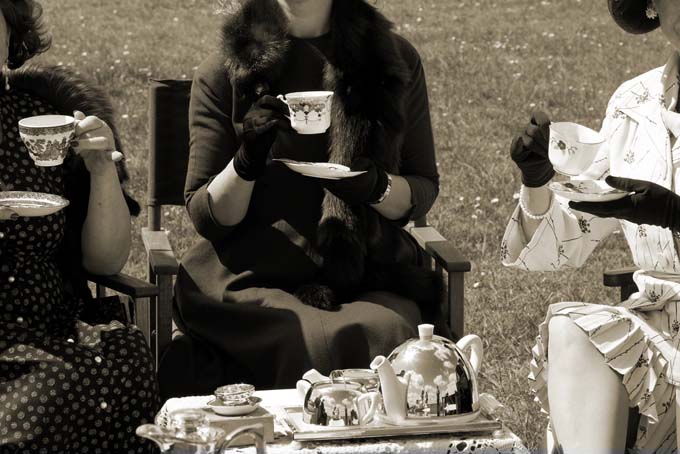
There are many theories as to how this flavored black tea came to be, but perhaps the most accepted answer is that in the 1830s, a Chinese mandarin prepared it specifically to offset the flavor of lime (not the fruit, but the mineral deposit) in the water used at Charles Grey’s family seat in Northumberland. Charles was the second Earl Grey, and British Prime Minister at the time.
Lady Grey then began to serve it in London in her role as a political hostess, and everyone loved the flavor. It became so popular that Lady Grey began inquiries as to how it might be sold. Thus, Twinings of London began marketing it for her.

Davidson’s Bulk Earl Grey, 16-Ounce Bag
What to Buy
Once again, we return to Davidson’s USDA certified Organic and Fair Trade product. You can get a pound of this very affordably on Amazon.
However, there are some caveats. If you’re set in your ways as to how this particular blend should taste, then this one may not be right for you. It has a much more bergamot flavoring added than a tin of the more traditional Twinings and thus can have more of citrusy, lemony taste – or even more of bitter taste if you get the brewing technique wrong.
Lady Grey
This most popular of British teas then inspired the spin-off product, Lady Grey – my own personal favorite. Lady Grey takes the Earl Grey blend and adds to it the flavor of either Seville oranges or lavender.
I’ve had both, and they are both lovely. Another popular drink based on this variety is the London Fog – Earl Grey served with steamed milk and a little vanilla syrup.
Check out our recipe for homemade syrup and learn a little more about vanilla here.
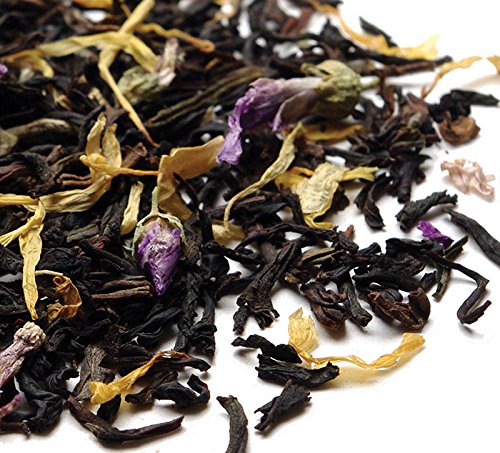
Foodal recommends Tea Attic’s Earl Grey Blue Lady Organic Loose Leaf
What to Buy
We suggest this lavender blend by Tea Attic. It’s also organic, blended with fresh components prior to shipment.
Breakfast Blends
English Breakfast
This blended product is typically a mix of Assam, Ceylon, and Kenyan, though you may occasionally find one with the addition of Keemun.
The combination of these results in a drink that is rich and full-bodied, robust enough that it is served most of the time with milk.
The blending of a variety of black teas to be served as a stout morning brew was in fact a longstanding British tradition well before it became known as English Breakfast.
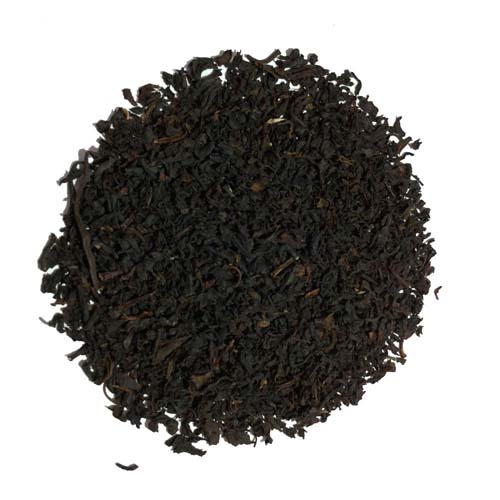 Foodal recommends Organic English Breakfast Tea by Positively Tea
Foodal recommends Organic English Breakfast Tea by Positively Tea
What to Buy
Positively Tea’s blend is a milder brew than most English breakfast varieties, which also means it’s free of any bitterness. Moreover, it’s organic, so there are no pesticides leaching into your extraction. Verified purchasers review this product well on Amazon.com.
Irish Breakfast
Another popular blend style, this one is usually either a mix of different Assam varieties or a combination of Assam, Ceylon, and others, but still heavily weighted toward Assam. The resulting beverage is even more robust than the English version, and of course it is also typically served with milk.
What to Buy
It’s not usually our style to keep recommending products from one company, but you can’t beat the price and taste of Positively Tea’s organic Irish Breakfast offering.
Rather than spreading the link love around to different importers/distributors, we want you to purchase the best with your hard-earned dollars, and this is it. And we like organic – particularly in a food product that is designed to be extracted and seeped.
Masala Spiced Chai
I told you I’d get back to this later. If you’ve never had spiced chai, trust me, you need this in your life. Few things are more soothing to me than a masala spiced chai latte. It is one of my all-time favorite comfort drinks.
Spiced chai is, of course, a traditional Indian drink that has been popular for hundreds of years. It’s a combination of a black extraction (customarily Assam, as that’s the type that grows in India indigenously), spices, milk, and sugar.

The spice blend (known as karha) typically consists of a combination of warming spices like cardamom, cinnamon, cloves, ginger, black peppercorn, and sometimes star anise.
Another reason for using Assam as the tea of choice is so as not to have the end product become overpowered by the strong flavors of these spices.
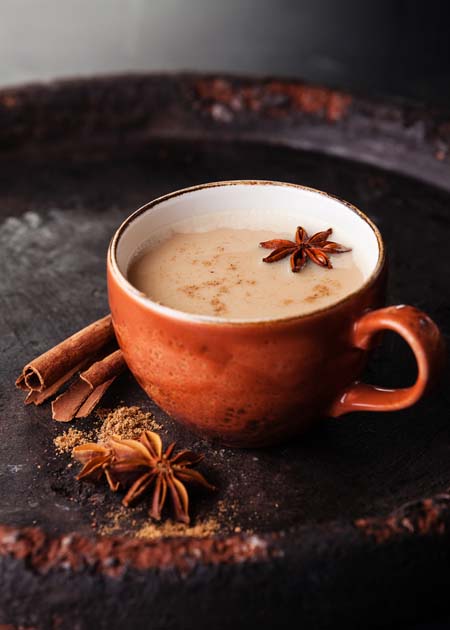
To make the spiced chai drink, you combine half a cup of water with half a cup of milk and bring it to a boil along with the spices and 1 tablespoon of sugar.
Alternatively, you could use sweetened condensed milk and skip the sugar. Try making your own at home, with our recipe.
Once the mixture is boiling, add one teaspoon of loose leaf Assam, remove the mixture from the heat, and let it steep for 10 minutes.
Pour the chai solution through a strainer to remove all of the whole spices, and serve. Yummy!
Spiced chai blends are also available as loose leaf blends if you don’t want to go through the trouble of sourcing all of the ingredients.
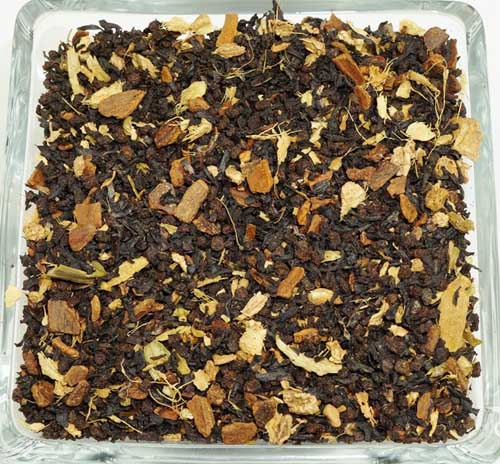
Foodal recommends LoveTea’s Loose Leaf Masala Chai – 8 Ounces
What to Buy
LoveTea’s Loose Leaf Masala Chai Blend. This one includes Assam, ginger root, cinnamon, green cardamon, and vanilla in one convenient mixture.
Of course, in the US, masala or spiced chai is also commonly found in a concentrated liquid form consisting of the tea, sweetener, and spices, which is then added to steamed milk. This is probably what you’ll get if you order a chai latte at a Starbucks or other coffee shop. To get the real thing out on the town, try your local Indian restaurant.
Grocery stores take this one step further, and you can now find pre-made cartons of chai available in shelf-stable form and ready to pour into a mug, heat, and enjoy in both dairy and dairy-free versions.
Either way, it’s still a delicious drink!
Additional Flavored Black Teas
Besides the Lady and the Earl, there are many more options out there.
These blends could be made with any of the black varieties and then mixed with actual flower petals, essential oils, bits of dried fruit, or fruit rind. All of these are so delicious.
Some of the most popular flavors are peach, blackberry, vanilla almond, rose, and jasmine. Though jasmine is more commonly blended with green tea, jasmine black is also wonderful. I actually have never met a flavored black brew that I didn’t love.
Gratitude Blend Strawberry Earl Grey Loose Leaf, 1 Ounce, available from Plum Deluxe
We suggest starting with the Strawberry Earl Grey from Plum Deluxe. This blend of Ceylon-based Earl Grey, strawberry, orange peel, blue cornflower, and raspberry leaves is a comforting blend said to inspire feelings of gratitude.

Comments
Post a Comment